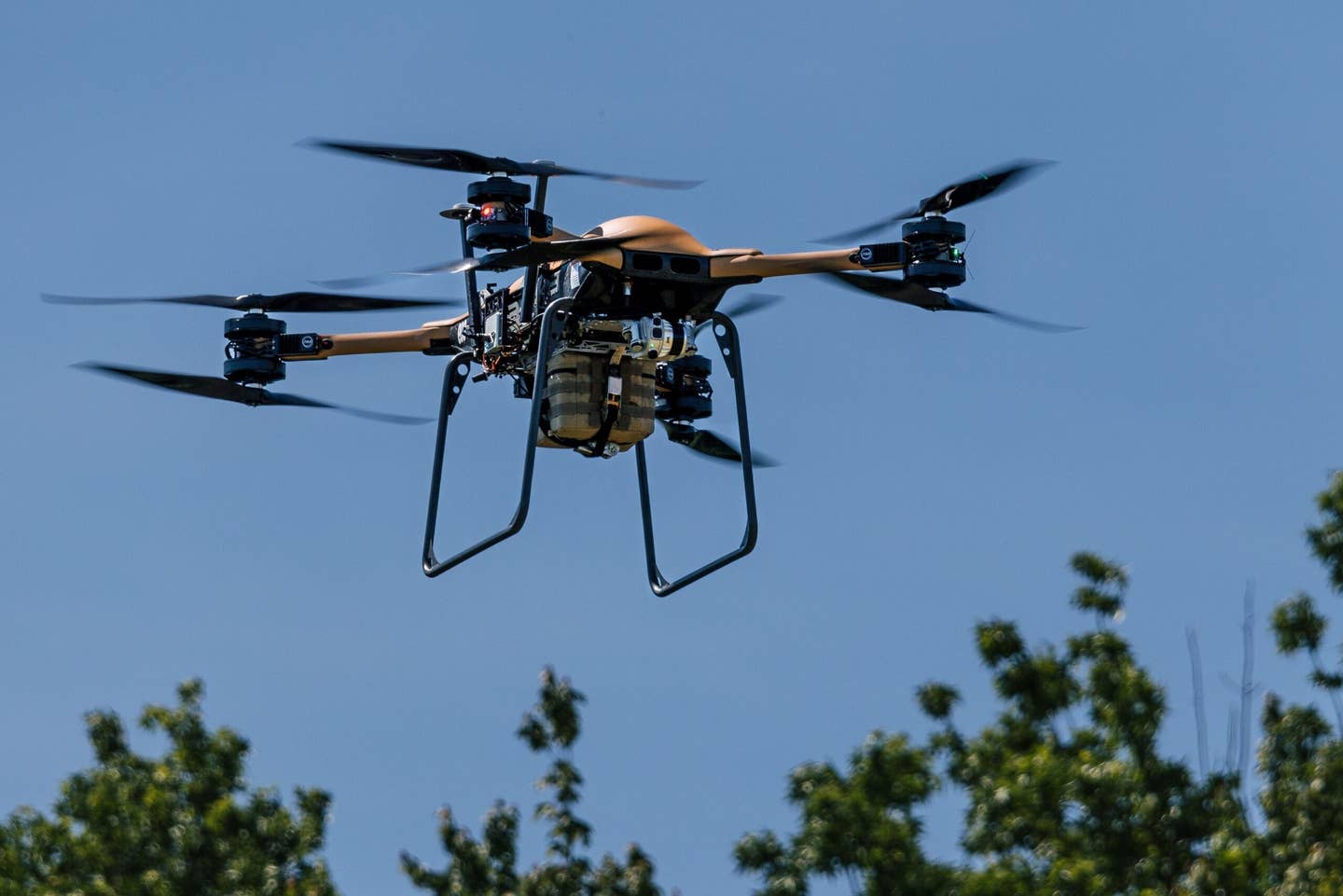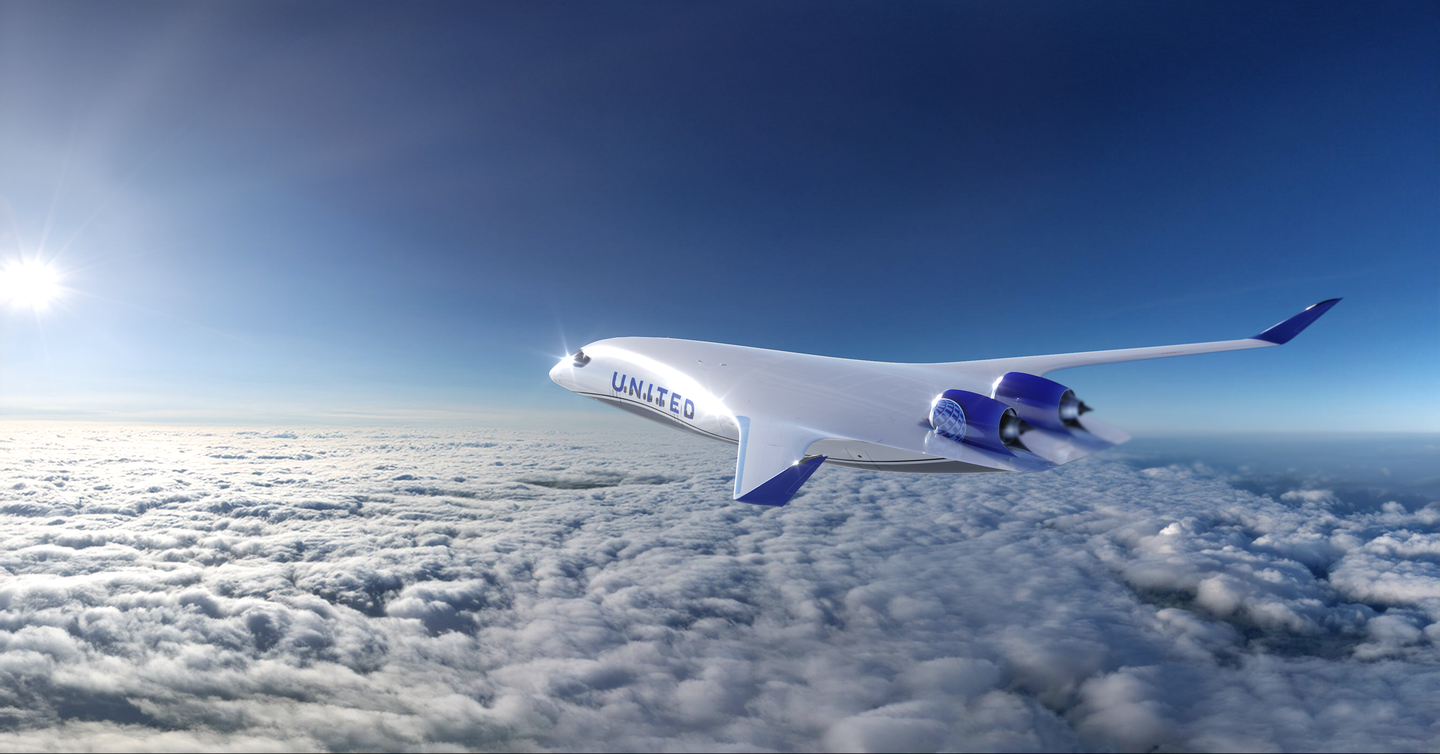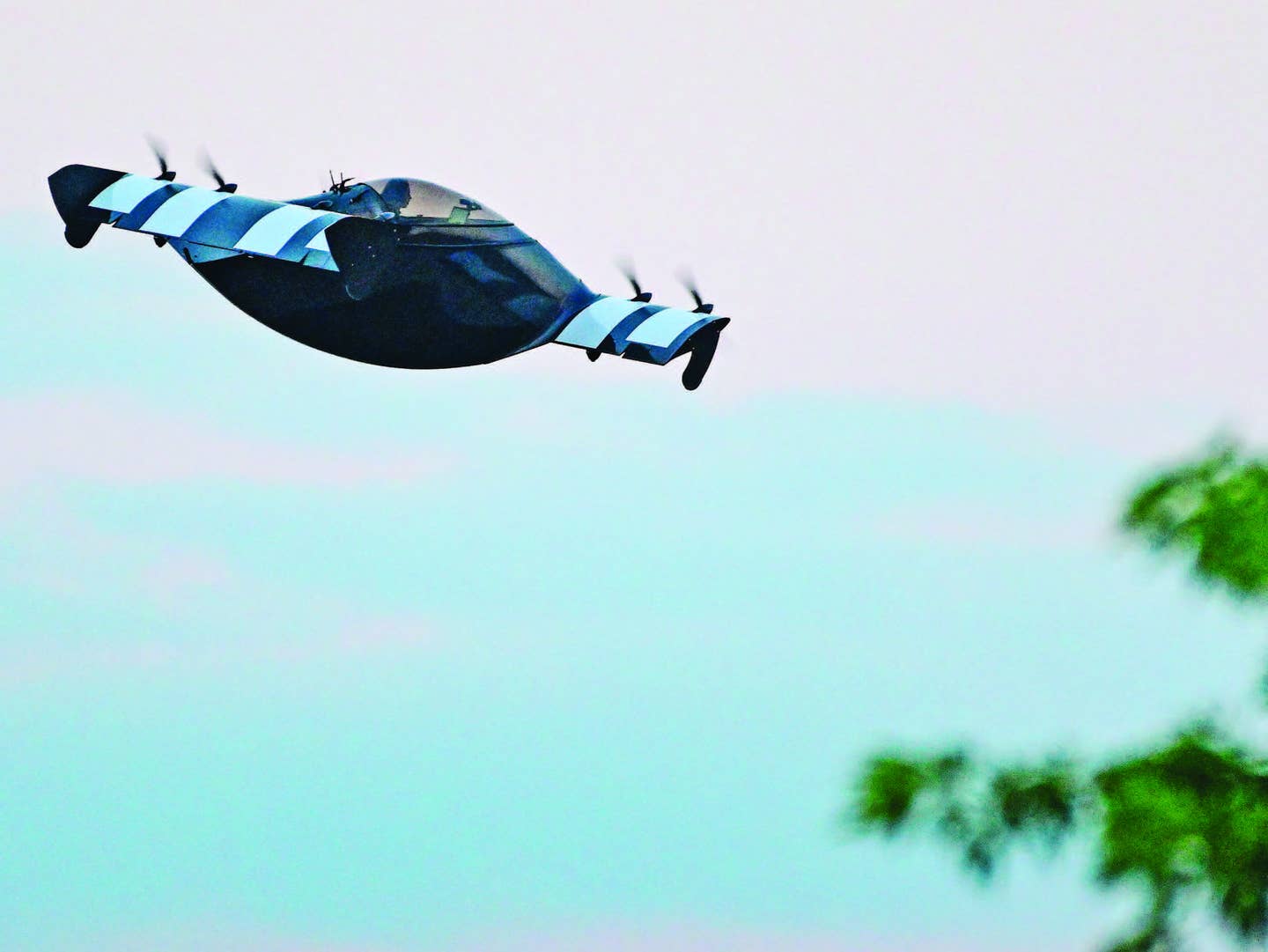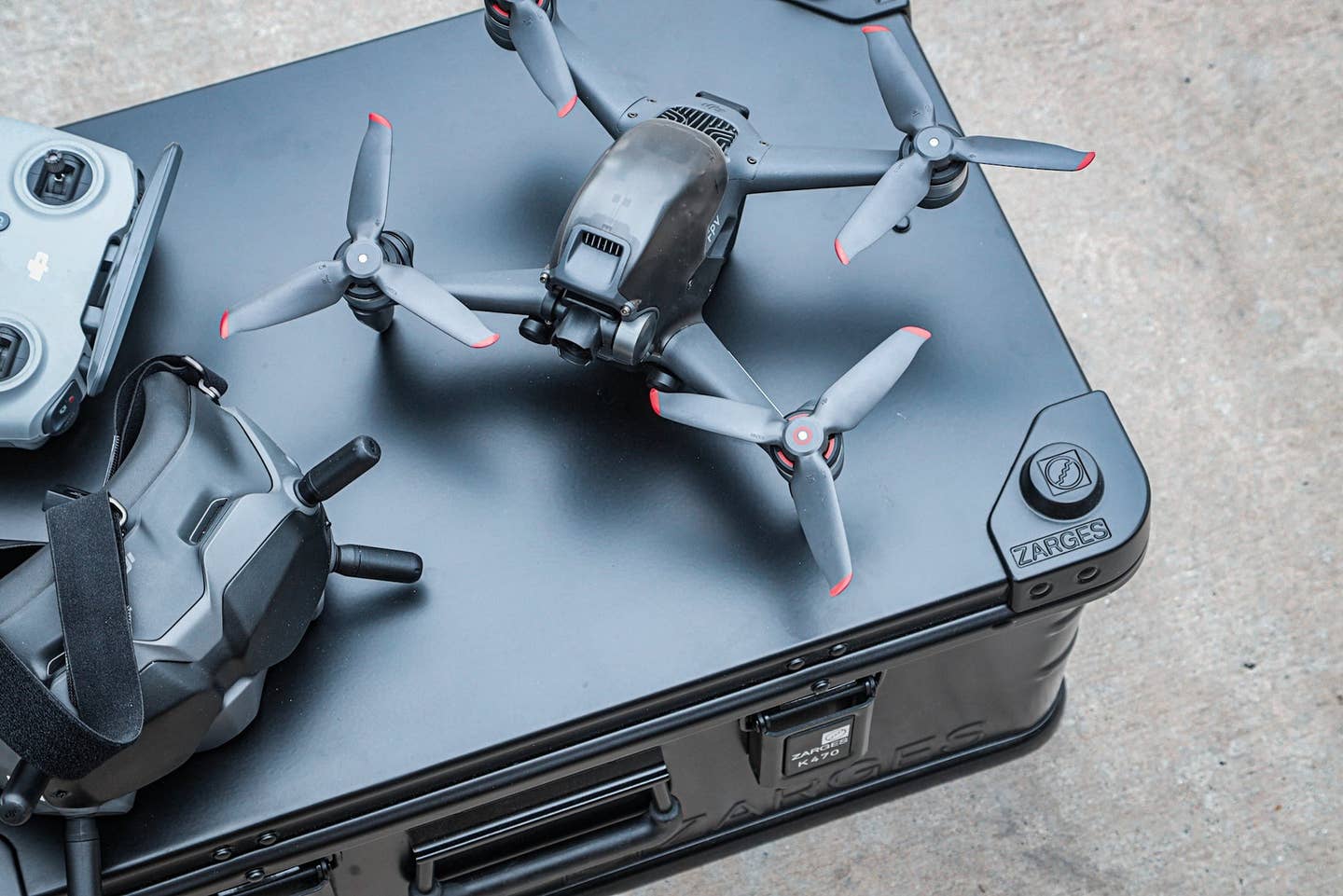7 Top Considerations When Choosing a Drone Pilot School
Remember, it’s important to get the most for your money.

There are many drone pilot school programs from which to choose, from in-person classroom settings to online platforms.
[Credit: Florian Pircher/ Pixabay]
The first semi-professional drone I purchased was a DJI Phantom 3 Standard. For its time, it was good enough to do basic drone work. The first time I took off, I flew it in a blaze of glory straight into the garage door. It was a clear sign to me that I needed help if I wanted to become a commercial drone pilot.
Back then, the commercial drone industry was in its infancy, with only a handful of Part 107 courses and pilot schools available. I decided to enroll in an in-person program, which set me back a few thousand dollars. While the quality of instruction was good, in hindsight, the course was overpriced.
Nowadays, there are many programs out there, from in-person classroom settings to online platforms. Some programs are excellent, and some have room for improvement. In this article, I'll tell you what to look for when choosing a drone school. Follow my advice, and you can get the training you need without breaking the bank or flying your drone into the garage.
100,000 Reasons to Get a Part 107 Drone Pilot License
If you are looking for a new career path or an additional source of income, starting a drone service business is a great option. The commercial drone industry continues to grow each year and has promising projections for at least the next decade.
Before you can legally make money with drones, the FAA requires you to earn a remote pilot certificate, commonly known as the Part 107 or drone license. Drone pilots have the potential to make over $100,000 a year. But you need your license before you can collect that kind of money.
What to Look for in a Drone Pilot School
There are countless Part 107 courses offered by drone schools online and around the country. In this article, I’ll explain everything you need to select the best program for your particular situation.
1. Accreditation and Certification
In my experience, drone pilot schools come in one of three format options when teaching the material for the Part 107 exam. These include:
- In-person brick-and-mortar schools
- Outdoor, traveling in-person instruction
- Online courses
You can try to learn the material on your own or hire a private coach, but most pilots use one of these three options.
It's important to note that the FAA does not validate, certify, or accredit any Part 107 courses. For this reason, you will find brick-and-mortar schools have their certification through academic organizations.
If the school’s curriculum has been certified by a reputable third party, that's a plus. However, The Pilot Institute is the only online program I know of with an accreditation that allows its materials to count toward continuing education requirements.
2. Curriculum and Training Approach
Since the FAA doesn't certify courses, you should focus on verifying that the school you’re considering is training to the latest Part 107 standards. Thankfully, the FAA doesn't revise its guidelines very frequently, but when it does, schools should update their curriculum to mirror the new FAA-issued study materials.
Along with vetting the curriculum, you should select a school that applies the approach that works best with your learning needs. Some people prefer the self-paced flow of online Part 107 courses, while others like learning in a classroom and interacting with a live instructor. Whichever method you find helps you to learn more efficiently, make sure the school you choose offers this type of instruction.
3. Instructor Qualifications and Experience
Almost everyone has seen instructional videos in which the “instructor” is an actor with no actual knowledge of the subject matter. Sometimes, the person presenting is just reading a script, and the instruction is laughable at best.
The best drone pilot schools offer courses presented by people who know what they’re talking about and have extensive personal experience in the field. It’s important to look into the credentials of the person teaching your course, making sure the instructor holds a Part 107 Remote Pilot Certificate at the very least. You can research presenters on sites like LinkedIn, or read the instructors' bios on the course site.
Along with a Part 107 license, the best instructors will also have a history of starting successful drone service businesses, or working for several years as a commercial drone pilot at an established company. When in doubt, reach out to the school and find out what qualifies their instructors to teach Part 107 courses. If the business refuses to provide you with that information, it isn't a reputable school.
4. Location and Equipment
Most Part 107 training does not focus on a specific drone or type of drone. Since there is no flight requirement as part of the test, the FAA's rules and regulations apply to all drones.
If you’d like to pay extra money for a program that teaches you how to fly drones, find out which drones they use and learn about their facilities. For example, there are differences between flying quadcopters and fixed-winged drones. If you plan to operate fixed-wing unmanned aerial vehicles (UAVs), look for programs that teach using these types of drones.
5. Industry Connections and Job Placement
If you plan to fly for someone else instead of starting your own drone service business, it's a good idea to see what networking opportunities are available from your chosen school. Many online programs have private Facebook communities or other social media channels where pilots can seek work opportunities. Some may even post jobs on bulletin boards.
Attending in-person Part 107 training, especially those that are part of four-year degree programs, like Embry-Riddle Aeronautical University's bachelor’s degree in unmanned aircraft systems, probably provide the best networking opportunities for job placement. On the other hand, they cost much more than just a Part 107 course.
If networking is important to you, contact the school in advance and ask what they offer in terms of job placement.
6. Reputation and Student Reviews
One of the best methods for selecting a school for Part 107 training is to read reviews. If you go to the website for any Part 107 training option, each one will position itself as the very best option. They’ll list examples of big companies they’ve worked with, or talk about how established and respected they are.
Your best bet for cutting through the hype is to research schools on third-party rating sites, like Trustpilot or Google. As an example, you can check out Altitude University's Trustpilot score.
Several schools also have Facebook and YouTube channels. You can look at these free materials to get an idea of a specific course’s quality, and review comments left by clients. Former students often share praise for the best schools, along with their passing Part 107 exam scores.
7. Cost and Scheduling Options
As I learned while enrolling in drone pilot school many years ago, the cost can range from thousands of dollars to less than $100. Brick-and-mortar classroom instruction is typically the most expensive, while online classes are the most economical. You should consider the cost of your Part 107 training as an investment, but don't spend more than necessary based on your particular situation.
If I could go back in time and get my Part 107 training with the current educational resources available, I'd use online Part 107 platforms. By choosing a reputable option, you can acquire the necessary knowledge at your own pace without breaking the bank.
Here are a few examples of program costs.
- DartDrones (in-person combined with online): $670
- The Pilot Institute (online): $159
- Altitude University (online): $97
Choose Your Drone Pilot School Wisely
There are many options for prospective drone pilots to learn the material for the Part 107 exam. Finding the best school for you requires making sure the courses you consider use current FAA rules and regulations, have good reviews, offer a fair price, and support your learning needs.
There is something out there for everyone, so get yourself in a Part 107 program today and begin your journey as a commercial drone pilot. Also make sure to check out our Part 107 test guide to get a jump on the exam.
FAQ
Do you need a license to fly a drone?
No, you don’t need a license to fly a drone as long as it’s for fun. If you want to make money flying a drone, though, then you’ll need a license.
How long does it take to train a drone pilot?
It really depends on the individual. On average, most people need at least two to three weeks of studying for the Part 107 exam, followed by around 10 hours of flight. That should be enough for most people to begin working as a commercial drone pilot.
Do drone pilots go to flight school?
No. In the U.S., commercial drone pilots are not required to prove they can safely fly a drone. Some hands-on courses are available for learning how to fly a drone, but most people are self-taught.

Sign-up for newsletters & special offers!
Get the latest FLYING stories & special offers delivered directly to your inbox






